Zambian Recipes: Cooking with Spark
Last month, we held a Nutrition Training for the moms and guardians of Hope children. Led by two local nurses, the group discussed which of the locally available foods are the most nutritionally dense and how they can be prepared in the healthiest of ways.
Bondwe is a green plant that looks like spinach but is found growing in the wild in a lot of places. For a long time people didn’t use or pay attention to it because it’s been considered a poor man’s choice of food, but it’s actually very nutritious, cheap, and widely available. There is no English translation for bondwe- it’s just bondwe.
Bondwe is used as the main ingredient in a relish that can be eaten on its own but is usually eaten with nshima. Here is how you make it:
1. Go through bondwe bundles and separate bondwe leaves from the roots. Toss the roots and wash bondwe thoroughly. Set aside.
2. Heat up several tablespoons of oil in a large pan.
3. Chop up several onions into small pieces and add to oil once it’s hot.
4. Wait until onion gets soft. Once it does, chop up several tomatoes into small pieces and add to the onion. Mix together.
5. Lastly, add bondwe to the onion and tomato mixture. Mix everything thoroughly. The bondwe will be cooking for quite a while.
6. Toss every few minutes to make sure the ingredients are mixed well. The combo will eventually become more liquefied.
7. Serve alone or over nshima. Add salt to taste.
Kapenta
1. Purchase ground nuts. (The nuts themselves are purchased whole in their shelves so you have to go and get them ground separately. This usually happens in the market.)
2. When preparing the dish, use two separate pans (skillets) and warm up a small amount of oil on both.
3. Begin with frying 2-3 cups of ground nuts on a skillet. This will be a slow, lengthy process as the heat from cooking over charcoal is relatively low.
4. Next, wash the kapenta and make sure to do it well. The kapenta sit in open air markets all day and attract many flies, so caution must be taken to make sure they are cleaned very well.
5. Continue by frying the kapenta slowly.
6. On a separate skillet, heat up several tablespoons of oil and sautee several finely chopped tomatoes.
7. Once all three items are ready, mix them and have them cook together.
8. The result is a paste like dish that can be eaten alone but is typically eaten with nshima.
Traditional Relish
A simple relish poured over nshima or meat, that’s high in protein and other minerals.
1. Fry ground nuts in a pan with a little bit of oil, enough to soften and warm the mixture up.
2. Fry/sauté chopped tomatoes and chopped onions in a bit of oil.
3. Once both are done, mix together, add a bit of salt and water, and continue cooking and mixing on low key. At the point where it becomes a consistent “sauce”, it’s ready to be eaten!




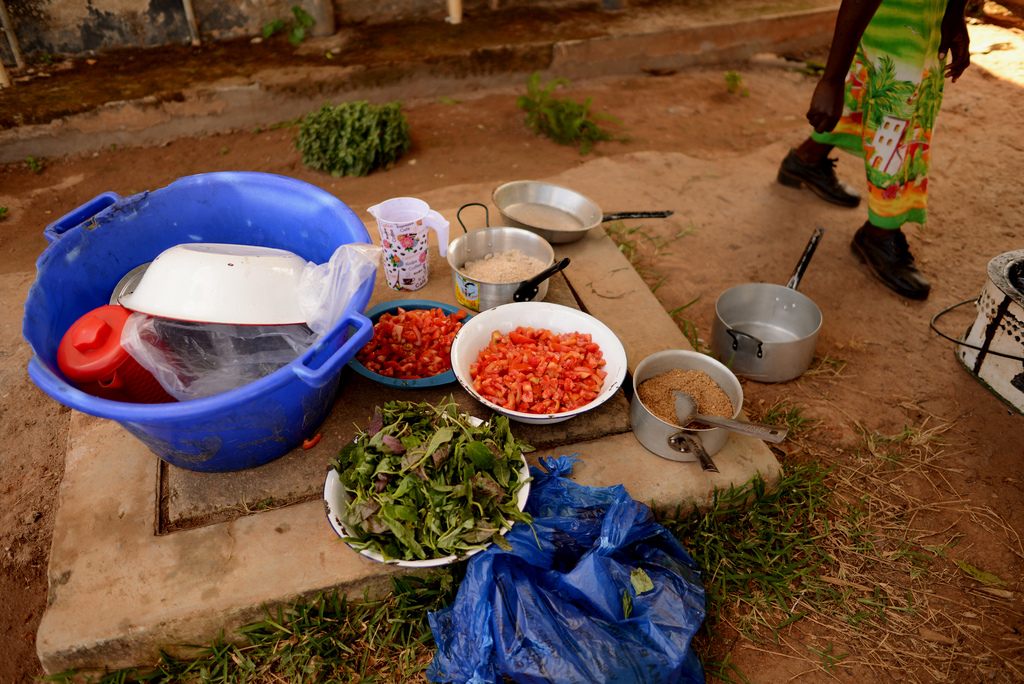
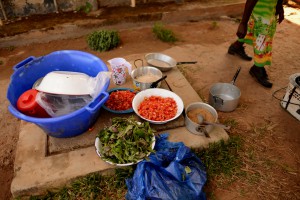
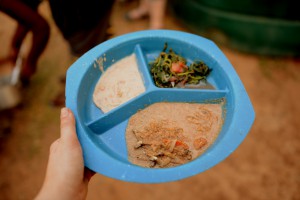
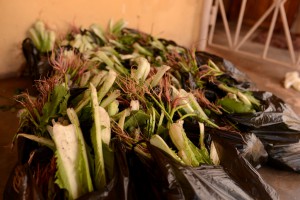
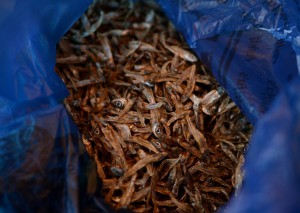
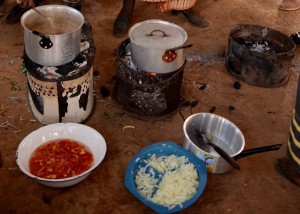
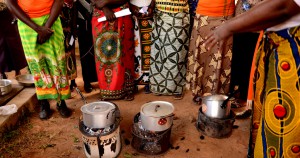
Natasha Kana | Feb 8, 2016 at 1:31 pm
Hey this is a good project and initiative for young Zambian ladies and is a preservation of culture.
Ned Silavwe | May 29, 2022 at 9:24 am
Bondwe in English is Amaranthus leaves. What’s wrong with you?
Inza Dougan | Jul 22, 2022 at 9:52 am
Bondwe actually has an English (Latin) name. It’s called Aramathus/Aramatha